Editor’s Note: When Outlander Cast Blog blogger Denise Stewart wrote her moving response as a NICU nurse to Outlander’s “Faith” episode, the public response was—and continues to be—overwhelming. This post, from blogger Nikki Gastineau, shares a reaction to “Faith” from the side of the grieving mother. We are grateful both these women were so brave in sharing their personal stories and continue to be amazed at how Diana Gabaldon‘s Outlander series resonates on so many levels. A simple story of romance? History? We think not.
It was a simple tweet from Outlander Cast that stopped me in my tracks. “How did the episode “Faith” affect you emotionally?” As I pondered the question, I realized that my thoughts would never fit into a 140 character box, so I walked around for the remainder of the day with thoughts rattling around in my head.
Miscarriage, despite its frequency, is a topic that we rarely talk about in part because no one seems to know how to talk about it. It is occasionally addressed on television and in movies, but nothing ever seems to do justice to this deeply emotional subject matter.
I had a miscarriage many years ago. The background is extensive, but the short version of the story is that I didn’t think I could get pregnant and then I did. Initially I thought I had contracted a bizarre strain of flu that made me nauseated one moment and desperately craving grape juice and Kraft singles the next. When you aren’t expecting to get pregnant then you never consider it a possibility until the WebMD symptom checker suggests that you hit up the drug store for a home pregnancy test.
I cried for a few days as I slowly began to wrap my head around the fact that I was growing a human inside me. Eventually the tears subsided and I began to make plans for the little one during my 3:00 a.m. processed cheese food and grape juice sessions.
In Outlander, Claire didn’t think she could get pregnant but she did. The revelation came to her in the worst of circumstances as Jamie healed from the physical and emotional wounds that he suffered at the hands of Black Jack Randall in Wentworth Prison. In the Season 1 finale, we see Jamie and Claire on the deck of the ship that is taking them to France and a new life. Claire isn’t sure how Jamie will take the pregnancy news but she tells him anyway. He smiles, they embrace, and they sail to France.
Throughout the first six episodes of Outlander Season 2, we saw Claire’s growing bump and we cheered on the life inside her. Those of us who had read the books knew how the pregnancy would end and still we cheered. I read the book and I did have an emotional reaction to Claire’s miscarriage, but it wasn’t intense and it didn’t linger. When it was time to watch episode 7, I approached it hesitantly. The Wentworth Prison scenes had forced me to relive a past violent relationship (yes, I can stamp that square on life’s Bingo card as well) in a way that made profound changes in me. The changes were all for the better so I took a deep breath and plunged headfirst into “Faith.”
I was able to watch the episode because I knew that there was a light at the end of the tunnel; her name was Bree. This is the difference in watching someone experience a miscarriage and actually living it. When you experience this tragic event, you don’t know that there is light at the end of the tunnel. You’re not even sure it’s a proper tunnel with an entrance and an exit. You might even let yourself believe that you have been cast into a bottomless black pit where you will never find relief from the sensation of falling.
My miscarriage happened early in my pregnancy and there was no baby to hold. However, I take comfort in knowing that this is still referred to as a “loss” because some thing—many things really—were lost. For a brief period, my mind was one of those things. If I look back, I can see a moment where I stepped outside of my body and lived in a place that was not this world, not the next, but something in the middle. I had conversations with people. I ate and drank but I was not “there.” I was with my baby, somewhere, experiencing in my own ethereal world what I would never experience in this one. Some part of me that knew I needed to return and, eventually, I did, but I also needed those days lost in grief and pain in order to resume a normal life. I needed those days to remember that this was a tunnel and that if I just started walking in a straight line I would find an opening. Whether it was the entrance or the exit didn’t really matter. I would worry about that once I could see the light again.
This brings me to Caitriona Balfe. She is not a mother and has not experienced a miscarriage. She does say that she talked to friends who had experienced losses. In an interview with Yahoo, Caitriona says that she wanted to tap into all of Claire’s emotions and “hold a space for Claire’s grief.” I was so touched by this visual of the literal creation of a space in which to live, feel, and grieve such a life-altering event. There is no doubt in my mind that Caitriona became Claire, but more than that, she became each one of us who has ever lost a child that we never held or who held a child for a few fleeting moments before the unfathomable transpired.
When Claire woke up, her hand immediately went to her abdomen, and we saw the anguish on her face as she began to put together the pieces of what had happened. This moment instantly transported me to the hospital when I awoke from my medical procedure. I tried so hard not to touch my belly because I couldn’t stand the thought of knowing that the life started within me was gone. In the haze of anesthesia I wondered if, perhaps, it had all been a mistake and I could go home to resume a normal pregnancy. With the return of lucidity also came truth and I began to fully comprehend the situation. Only then was I finally able to lay my hands on that sacred space and wonder how I could actually feel the hollowness within it. Maybe it’s because I wanted to see them, but I saw all those emotions on Claire’s face and I lived them with her.
As Claire gained awareness of her situation, she repeatedly cried “I want my baby. I want my baby.” Isn’t that what all of us either thought or screamed at some point? The look on her face captured the disconnection between Claire and the world around her. Claire’s body was in the bed but her mind was elsewhere searching for the one she had lost.
When Mother Hildegard handed Faith to Claire, we see the momentary relief on her face as she finds the one she has been searching for and then, just as quickly, she retreats to the other place. In the following scenes, we see Claire create a world where only she and Faith exist. We all know what happens to the physical element of a miscarriage. What we don’t often think of is the spiritual and emotional remains. Where do they go? Caitriona, through Claire, showed us. She spoke all the hopes and dreams she had for her little one directly to her. She sang songs from her own childhood. She held her, knowing that it wouldn’t last, but needing those moments nonetheless. Caitriona created “a space for Claire’s grief,” and it was beautiful, and heart-wrenching, and therapeutic all at the same time.
Mother Hildegard allows Claire to grieve with her child but, we assume, she also summons Louise to ease with the removal of Faith from Claire’s arms. When Louise takes Faith, Claire dissolves into tears and sobs from a place altogether different than wherever regular tears come from. I remember what it was like to wonder where all the tears came from and if they would ever stop.
By the time that Claire returns home, we see a much different woman. She has steeled herself against the grief and appears to be determined to carry on with whatever life remains. In the Yahoo interview, Caitriona says that Claire has “cried all the tears that she had.” As Claire steps from the carriage, the servants line up to greet her. Her fixed gaze shows her determination to control her emotions but the servants haven’t yet dealt with their own grief. One by one, Claire acknowledges them and we see the anguish and tears on each of their faces. They do not feel the loss as deeply as Claire, but they still feel it. They, too, had hopes for this new life. They, too, had hoped to hear its cries and laughter fill the hallways.
This homecoming reminded me of something that I had not thought about much with my own miscarriage: what other people must have been feeling. When I returned to work, what must people have thought? What did my family think and feel? Did they try to avoid me? Did they struggle for words of comfort? Did they just smile and grasp my hands? Did they feel helpless? This scene was a beautiful reminder that the loss of a child is experienced in many different ways by many different people, not just the parents.
Near the end of the episode, Jamie returns to Claire and they begin to reconcile these events. Holly Richter-White wrote an excellent post (Out of Faith: Fan Uproar Over an Extended Scene) on the extended version of this scene that was cut and how much it would have added to the story. I love the extended version because it shows us the grief of both parents. The loss weighs as heavy on Jamie’s soul as it does on Claire’s. What we do hear in the televised version is Jamie reminding Claire that they must endure this together. Claire asks how they can ever be the same and Jamie responds with, “We can’t be. The weight of what has happened here is too much for any one of us to bear alone. The only way we can live with it is to carry it together…We lost our child but by the grace of God we may be given another.” Claire then asks Jamie to take her home to Scotland.
When you don’t believe that you can get pregnant but you do, you let yourself believe that this child must be a treasure that is being gifted to you for reasons that you don’t quite understand. The subsequent loss of that child brings the usual grief but also so many questions. What was the purpose of this suffering? The “weight of what has happened” is, indeed, heavy and it feels almost unbearable. Jamie assured Claire that they would bear it together and then offered the hope of another child. With all of the pain and suffering that Claire had endured alone, she now had Jamie to help her move forward. What I appreciate about these final scenes is the tiny flame of hope flickering in the darkest moment of this couple’s darkest day. That conversation was the light at the end of the tunnel. Whether it was the entrance or the exit didn’t matter; the important thing was that they would walk toward it together. While their faith was shattered, Jamie and Claire still had hope and love and, in the end, that’s about all any of us can ask.
We all know that Jamie and Claire were blessed with another child, but that by the time Bree was born, Claire had returned to her own time. It wasn’t a perfect ending to the story but the story isn’t finished yet, is it? If you’re reading this, the good news is that your story isn’t finished yet and neither is mine. While I wasn’t blessed with another pregnancy, I was blessed with a beautiful girl whose birth mother made the incredible decision to give her up for adoption. Her presence helped restore my own faith, and it reminds me every day that in the midst of devastating loss, there is always, always room for hope and love.


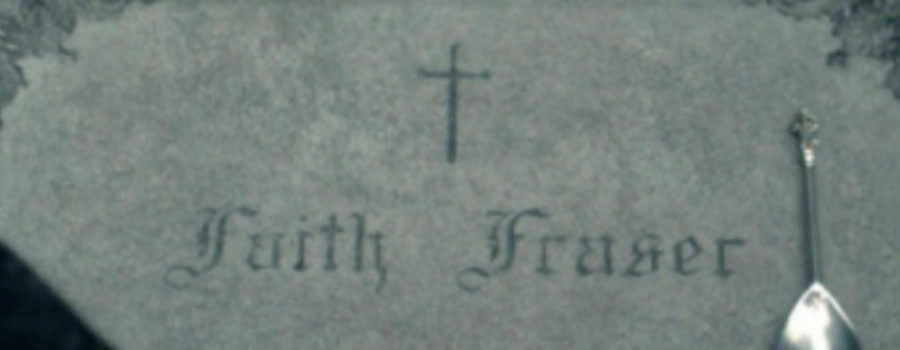



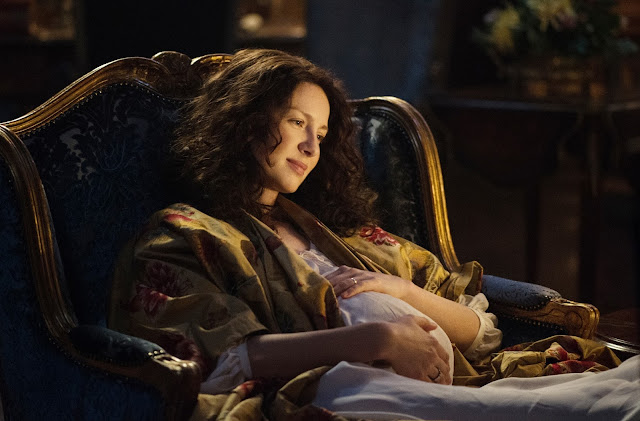


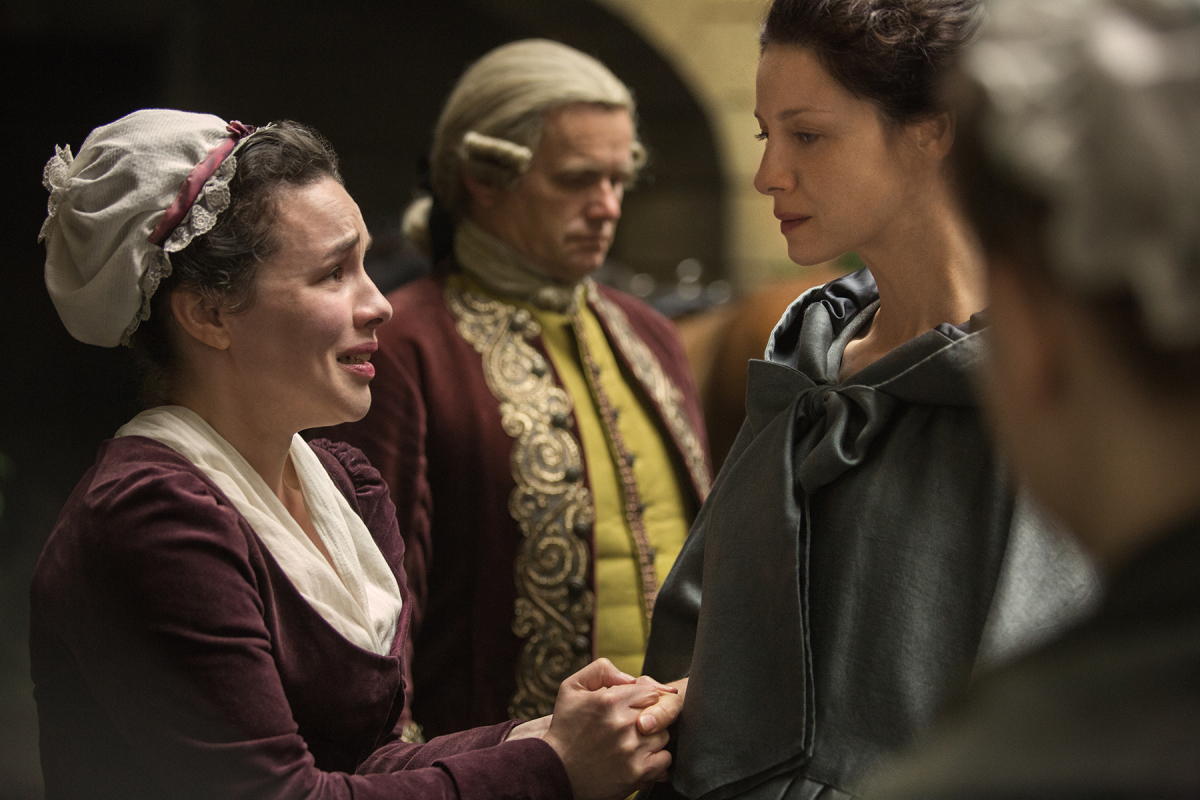


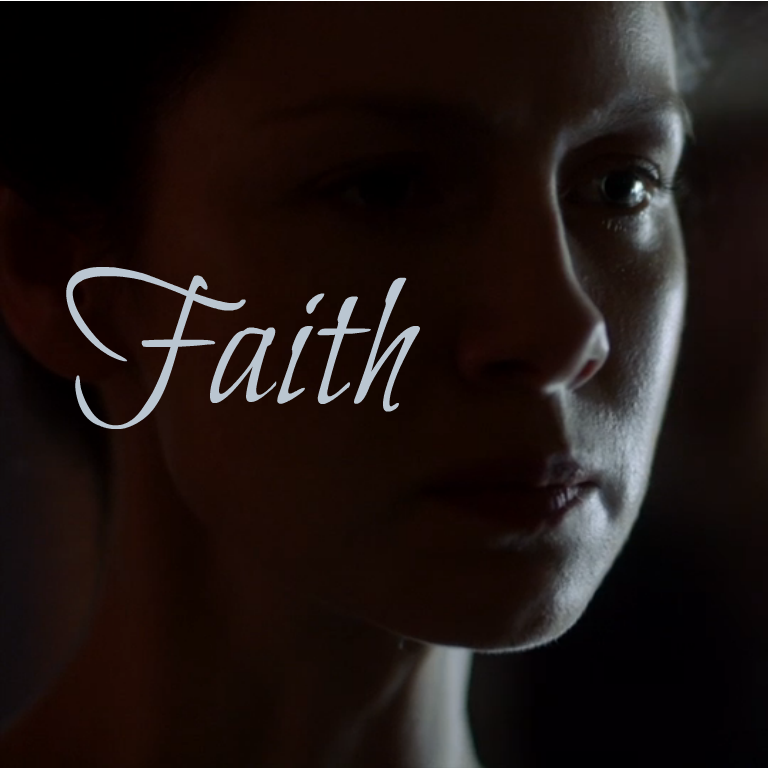

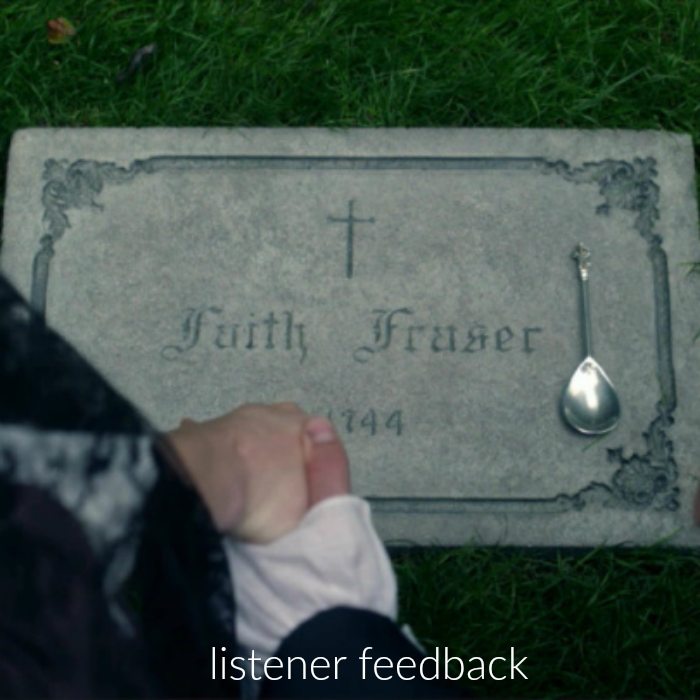





9 Comments
Leave your reply.